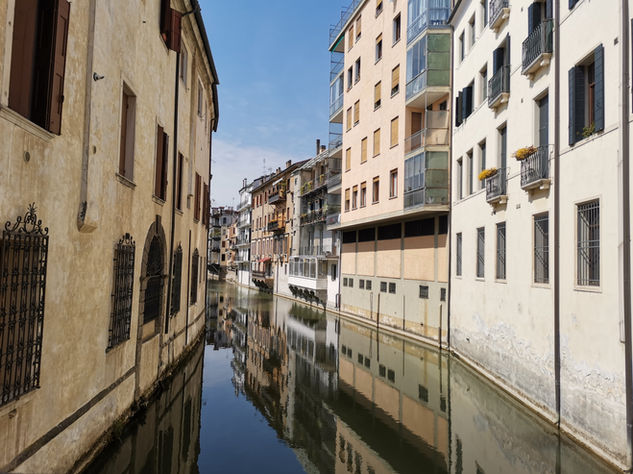WHY PADOVA
-
It is a safe destination where people can stroll around the city without risks
-
It is a medium sized city: 221.000 residents, 93 sq/km surface, which means a short distance from one point to another. The city has an efficient public transport service
-
It is well connected under all points of view. Venice International Airport is only 40 km away, with a public bus service which allows an efficient and cheap transfer. It is a crossroad for high speed trains on the east-west route (Milano to Venice) and north-south route (Rome to Venice), with trains each half hour (two hours to Milan, three hours to Rome)
-
It is affordable to each pocket: hotel rates are reasonable, student dormitories may be available at the Congress time; a dinner at a restaurant may start from € 25, a pizza with beer from € 15
PADOVA
A CITY OF ARTS AND SCIENCE
A DESTINATION TO DISCOVER with two UNESCO Heritage sites:
the Botanical Garden, and Urbs Picta for the Padua’s fourteenth-century fresco cycles
THE CENTER OF REVOLUTIONARY SCIENTIFIC LEARNING
Having interest in science? Hungry of new inspirations?
The University of Padova offers a wealth of collections in nearly all fields of science:
WITHOUT? PADOVA HAS...
-
The Cafè without doors: Caffé Pedrocchi was built in the ‘800s to offer a place where intellectuals, students, academicians and politicians could meet throught the day, right by side of the University main building. It had an important role during the Risorgimento, as it became the meeting place where residents planned their actions against the Austrian occupants. In one of its rooms, the hole provoked by a bullet exploded on February 8, 1848, the day of the Resurrection, is still visible. During World War II, in 1916, it was decided to switch off lights as they could help the Austrians who were bombing the City from the sky.
-
The lawn without grass: Prato della Valle, one of the symbols of the city, is a large elliptical square, one of the largest in Europe (88620 sq.m.),second only to Moscow Red Square. It is indeed a large monumental place marked by a central green island, called Isola Memmia, enclosed by a channel decorated by 78 statues.
-
The Saint without name: St. Anthonys’ Basilica is the main place of Catholic worship in the city since the fourth century, a destination of pilgrimage for more than 3 millions every year. It is a beloved church for Padovani, but they all call the church simply “Il Santo”.
















